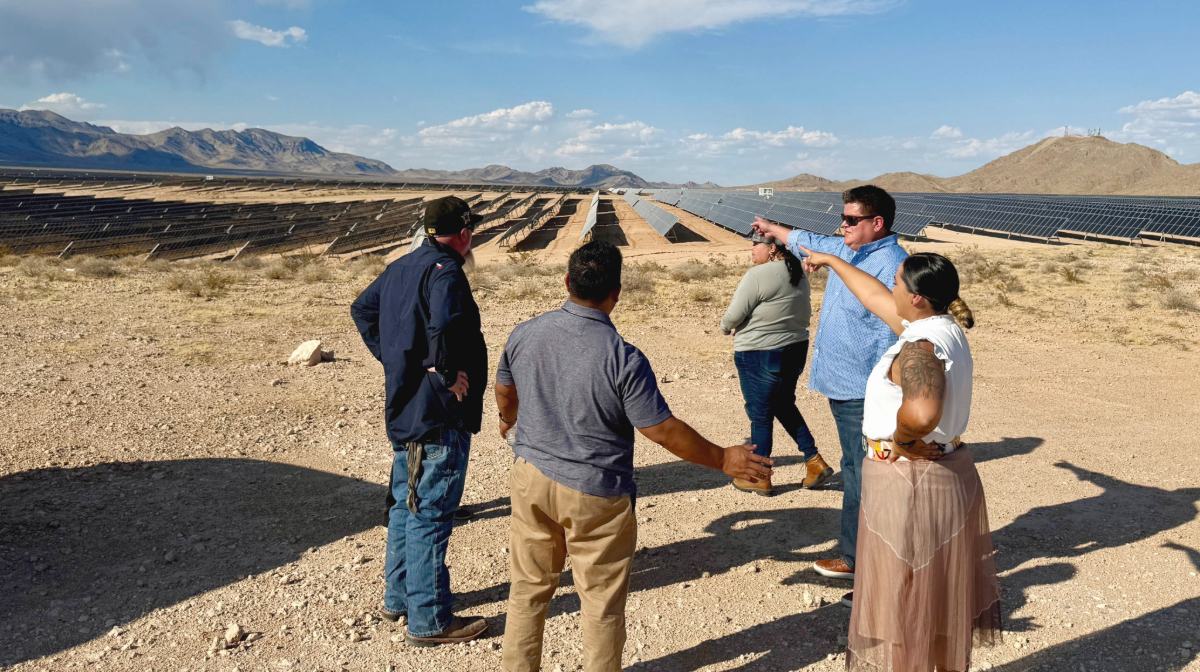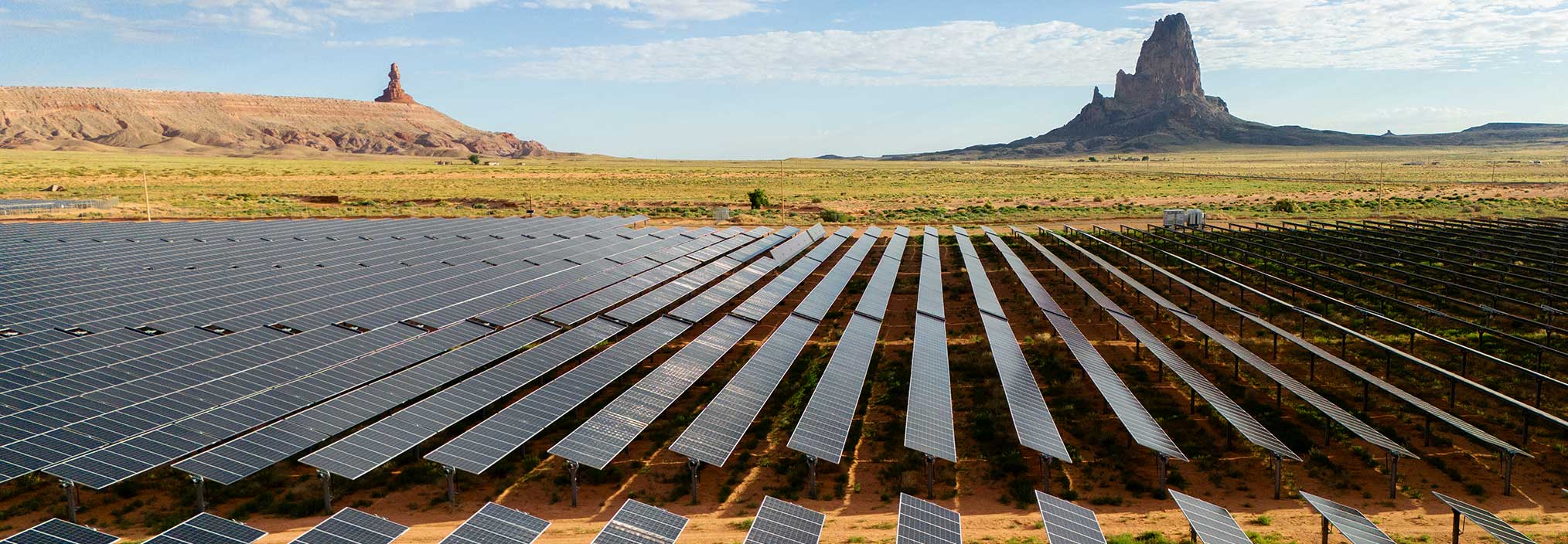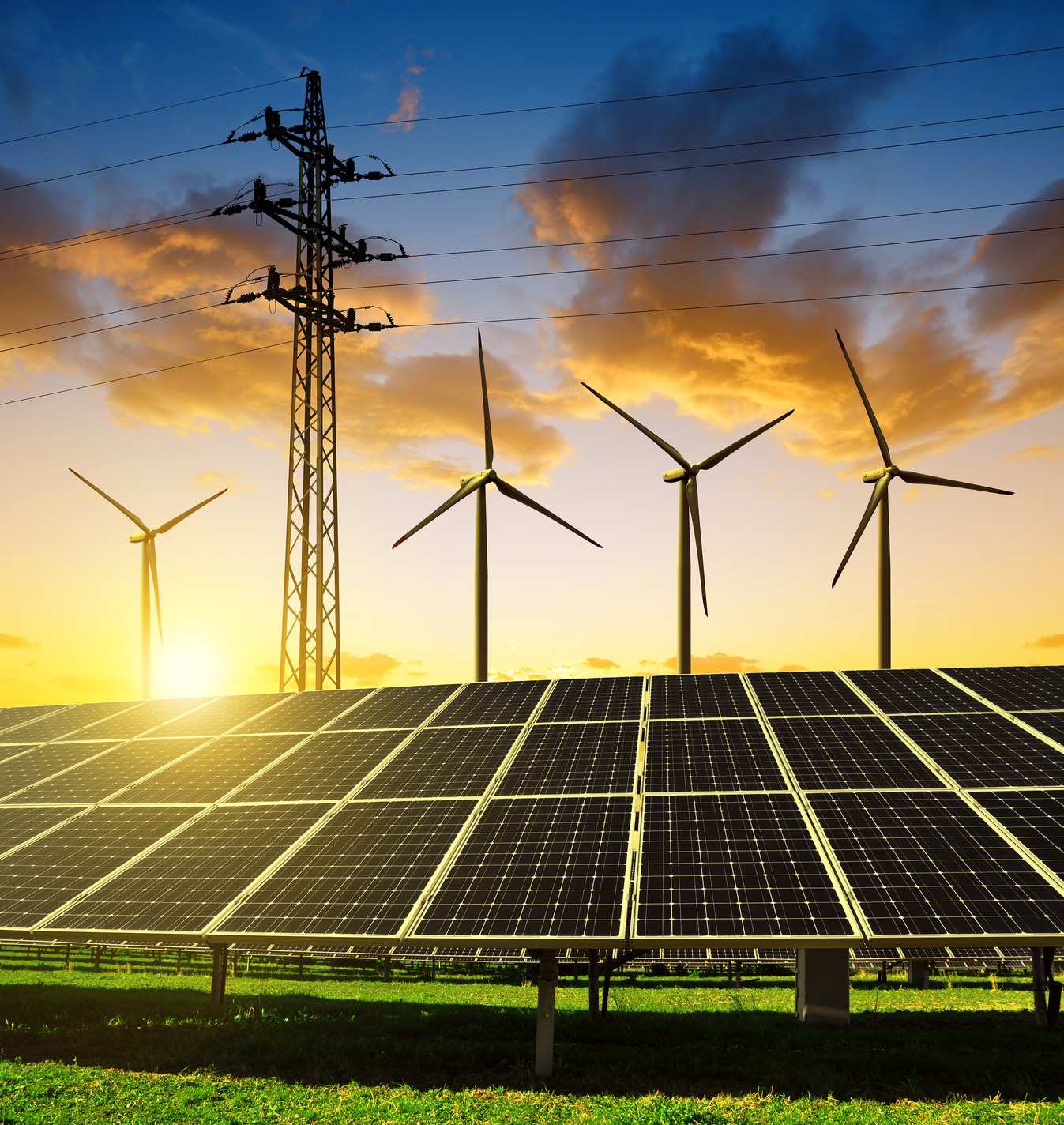Energy sovereignty means Native nations making their own decisions about energy development and regulation.
“The climate crisis is a relationship crisis,” said Wilson Justin, an Athabaskan leader and elder during a recent visit with grantee partners in Alaska. “We are not in right relation with each other, and that is causing us to not be in right relation with the Earth. We cannot solve the climate crisis without being in right relation with each other.”
So, what does it mean to be in right relation with each other on clean energy transition? For the MacArthur Foundation, this means centering equity in climate solutions. And for Indigenous-led organizations and tribal partners, being in right relation means supporting their pursuit of energy sovereignty, not just the development of clean energy systems. Energy sovereignty is the ability of Native nations to make their own decisions about how to pursue energy development and associated regulation. In practice, this means energy projects are developed, owned, and managed by a tribe.
While Native American nations are sovereign, many barriers limit exercising tribal sovereignty. Forced migration and land dispossession have contributed to massive losses of land and cultural resources. Government-to-government consultations with tribes have been flawed and inconsistent. Frequent turnover within federal agencies, a complex regulatory framework, and lack of resources have led to ineffective federal partnership regarding tribal affairs, according to Daniel Raimi and Alana Davicino in a recent Resources for the Future report.
While Native American nations are sovereign, many barriers limit exercising tribal sovereignty.
In combination with these barriers, an unfair regulatory market has contributed to discriminatory energy pricing on reservations, increasing energy burden and insecurity in communities. In some areas of the country transmission lines are run through tribal lands without serving the tribes. And when tribes have worked to overcome these energy challenges by forming a tribal utility, regulations have limited their ability to form and operate in a sovereign manner. This is why 75 percent of unelectrified homes in the United States can be found on tribal lands and why 14 percent of Native Americans do not have access to electricity.
So, we are working to be in right relationship by supporting the development of clean energy and resourcing the work that must be done for tribes to effectively exercise sovereignty. In large part, this is enabled by providing multi-year grant support that is flexible, freeing partners to direct resources toward their priorities and the priorities of their tribal partners.

The Alliance for Tribal Clean Energy's Technical and Policy Teams met with tribal leadership of the Moapa Band of Paiute Tribe on their southern Nevada reservation to discuss strategies for maximizing community benefits and creating job opportunities for tribal members.
This approach has supported partners like NDN Collective to build power and advocate for Land Back, a movement to return land and sovereignty to Native nations. The Collective also runs the Community Self-Determination grant program, through which they have resourced efforts like the Sage Development Corporation’s Anpetu Wi Wind Farm. The Alliance for Tribal Clean Energy provides technical support to tribes working to develop clean energy projects, while also building government-to-government relations that are creating opportunities for tribes to influence energy infrastructure processes that directly impact tribal communities. Similarly, Indigenized Energy is helping tribes develop long-term energy vision and transformation plans that align with the specific aspirations and priorities of their tribal partners, while enabling access to federal clean energy grants by serving as project manager for the Northern Plains Tribal Coalition’s Solar for All award.
And through their recently launched Indigenous Power and Light Fund, the Alliance for Tribal Clean Energy, in partnership with Oweesta Corporation, will be better equipped to fill the technical and capital gaps that often prevent tribes from being able to develop clean energy projects and access federal funds that are enabling low carbon energy development.
These partnerships support another pathway for Indigenous knowledge to inform climate solution.
Finally, let’s not forget that these are reciprocal relationships. These partnerships support another pathway for Indigenous knowledge to inform climate solutions. For example, for over 170 years the Menominee Tribe of Wisconsin has managed nearly a quarter million acres of working forest in traditional ways, providing a model for foresters worldwide. Now, experiencing climate change and other threats, the Menominee Tribe stewards their working forests while deploying renewable energy systems in ways that align with traditional forest management values. And the Alaska Native Village of Igiugig is learning in real time how to operate a tidal generator without harming the sacred salmon that migrate through and spawn in the Kvichak River.
These examples of reciprocity and Indigenous learning hinge on the right to sovereignty, and are enabled by supporting the original caretakers of the Earth to navigate the energy transition in ways that align with their values and priorities. Through our support of energy sovereignty, Indigenous partners can help bring us into right relation with the Earth by guiding us in developing, building, and operating clean energy systems in ways that safeguard the lands and waters that we all depend upon.
The climate crisis is a relationship crisis. We cannot solve it if we are not in right relation with each other.





